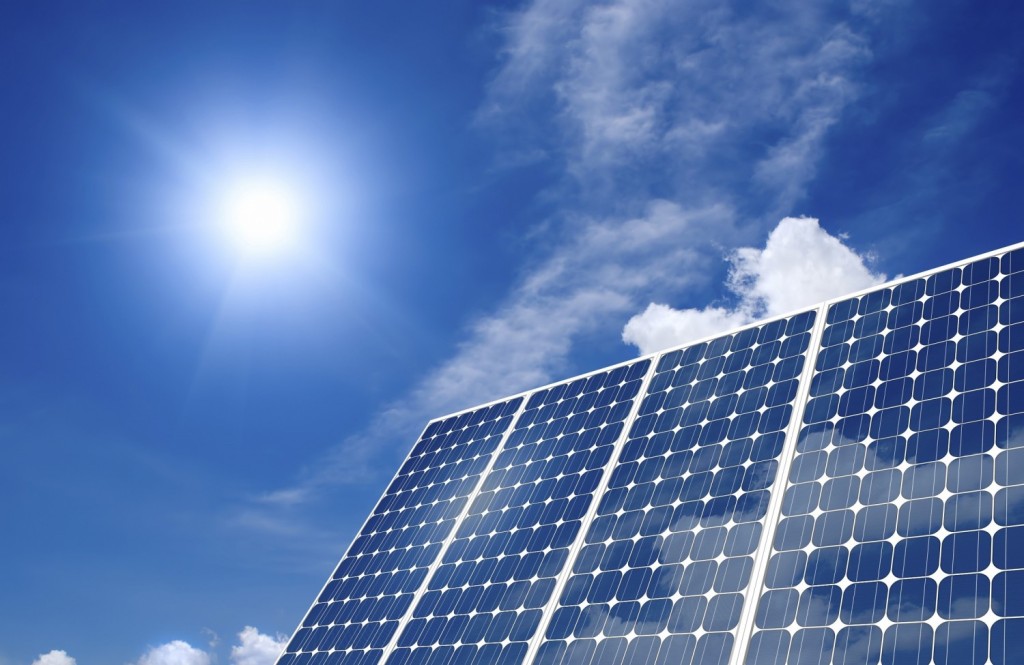Renewable Energy: Harnessing the Power of a Sustainable Future
Introduction:
In today’s rapidly changing world, finding sustainable solutions to meet our energy needs has become more important than ever. With the increasing concern over climate change and the depletion of fossil fuel resources, renewable energy sources have emerged as a viable and environmentally friendly alternative. In this article, we will explore some of the best practices in renewable energy and how they are shaping the future of education.
1. Solar Energy:
Solar power is one of the most abundant and widely accessible forms of renewable energy. By harnessing sunlight through photovoltaic (PV) panels or solar thermal systems, electricity or heat can be generated without any harmful emissions.
In schools, solar power plays an essential role in providing clean energy for various purposes. Not only does it reduce dependence on traditional power grids but also serves as an excellent educational tool. Schools can install solar panels on their rooftops or create solar-powered charging stations for electronic devices used by students and staff.
Moreover, incorporating solar technology into science curricula allows students to learn about subjects such as physics, engineering, and environmental studies while gaining hands-on experience with sustainable technology.
2. Wind Power:
Another major player in renewable energy is wind power. By converting wind into electricity through turbines, communities can generate substantial amounts of clean energy that can be used locally or fed back into the grid.
Schools located in areas with consistent wind patterns have started to embrace this technology by installing small-scale wind turbines on their premises. These installations not only provide a source of green electricity but also act as visual reminders for students to engage with sustainability topics.
Educational institutions are increasingly using these installations as teaching tools for subjects like mathematics (calculating turbine efficiency), geography (studying suitable locations), and even art (designing aesthetically pleasing turbines).
3. Hydropower:
Hydropower has long been recognized as a reliable source of renewable energy. By harnessing the force of moving water, such as rivers or tides, electricity can be generated in an environmentally friendly manner.
In schools near bodies of water, hydropower systems offer a unique opportunity to educate students about the importance of sustainable energy sources. Building small-scale hydroelectric turbines allows students to understand concepts like potential and kinetic energy while witnessing firsthand how clean power can be generated from flowing water.
Furthermore, these installations encourage critical thinking by necessitating discussions on environmental impacts and the need for careful planning and regulation when it comes to utilizing natural resources.
4. Geothermal Energy:
Geothermal energy taps into the Earth’s natural heat beneath its surface and converts it into usable thermal or electrical energy. Schools situated in regions with geothermal activity can leverage this resource for their heating and cooling needs.
By installing geothermal heat pumps, educational institutions not only reduce their carbon footprint but also save significant amounts of money on utility bills. This cost-saving aspect enables schools to allocate more funds towards educational programs or infrastructure improvements.
Additionally, incorporating lessons about geology, thermodynamics, and climate control systems into science classes helps students gain a deeper understanding of renewable energy technologies while fostering a sense of responsibility towards our planet’s resources.
5. Biomass Energy:
Biomass refers to organic matter derived from plants or animals that can be converted into biofuels or used directly for heating purposes. In schools where waste management is crucial (e.g., agricultural schools), biomass offers a valuable opportunity for sustainable utilization of organic materials.
These educational institutions often employ anaerobic digesters that convert animal manure or food scraps into biogas through microbial fermentation processes. The produced biogas can then be used as fuel for cooking stoves or other appliances within school facilities.
Teaching students about biomass conversion techniques helps instill values related to waste reduction, recycling, and circular economy principles – vital skills in today’s world where sustainability is paramount.
Conclusion:
Renewable energy has become a vital component of modern education, enabling students to engage with sustainable technologies while preparing them for the challenges of tomorrow. By incorporating solar power, wind power, hydropower, geothermal energy, and biomass into school curricula and infrastructure, educational institutions can play a crucial role in shaping a greener future.
As we strive towards a more sustainable world, it is imperative that alternative schooling and education embrace renewable energy as an integral part of their curriculum. By doing so, we not only equip students with knowledge about clean technologies but also empower them to be agents of change in building a better and more environmentally conscious society.
